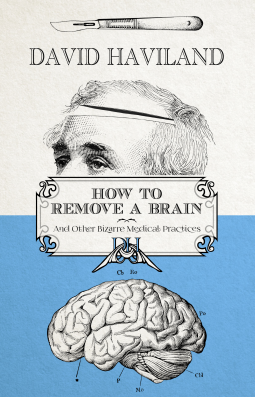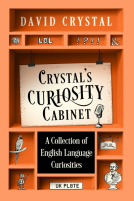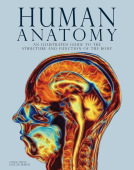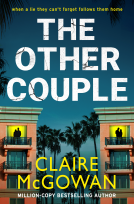
How to Remove a Brain
And Other Bizarre Medical Practices and Procedures
by David Haviland
This title was previously available on NetGalley and is now archived.
Send NetGalley books directly to your Kindle or Kindle app
1
To read on a Kindle or Kindle app, please add kindle@netgalley.com as an approved email address to receive files in your Amazon account. Click here for step-by-step instructions.
2
Also find your Kindle email address within your Amazon account, and enter it here.
Pub Date 10 Aug 2017 | Archive Date 26 Feb 2019
Description
“Hilarious, and sometimes stomach-turning, vignettes.”
New Scientist
· How was history changed by a single Soho water pump?
· Which condition was treated by trapping a child inside a tree trunk?
· Where is the soul found?
· How long does it take to digest chewing gum?
· What are hiccups for?
· Did the Gauls brush their teeth with urine?
· Does organ theft actually happen?
· Is it safe to fly with breast implants?
· Did Christopher Columbus import syphilis to Europe?
· Was King George V killed by his doctor, in order to meet The Times’ deadline?
Taking in everything from the outrageous (yes, Hitler was addicted to crystal meth) to the eye-watering (such as the renowned surgeon who accidentally cut off his patient’s left testicle) to the downright disgusting (like the ‘cure’ for toothache used by the Egyptians involving dead mouse paste), this book proves that medical science is not for the faint-hearted, lily-livered or weak-stomached!
Advance Praise
Shortlisted for the People's Book Prize 2019
“Hilarious, and sometimes stomach-turning, vignettes.”
New Scientist
"I never thought a book titled How to Remove a Brain would be so incredibly brilliant. David Haviland, I don't know you, or why you create books like this and Why Dogs Eat Poop, but you are clearly smarter than your maturity level."
Kick Ass Book Reviews
"I’m not going to lie, I read this book with unabashed joy, and in the process I truly feel I learned a lot. Granted, I’m not sure when the information I learned will ever come into play (How many times a day does Hitler’s potential Crystal Meth addiction come into play?) but it’s still all interesting to know, and certainly fun to read, thanks to Haviland’s ability to be both educational and whimsical at the exact same time."
Suchabooknerd
"Any fan of the absurd and/or obscure is sure to delight in this strange (and slightly stomach-turning) book. I love trivia and this book delivers."
As the Page Turns
"…a hilarious look at medicine throughout history... a painstakingly researched compendium of bizarre facts from the world of medicine, administered with a healthy dose of humour... a must for fans of the bizarre, and perfect prep for livening up dull dinner party conversations."
GQ
“A GP Christmas stocking must... From the ‘Wisdom of the Ancients' through to diseases, diagnoses and cures, this rip roaring journey through the wonders of medical advancement misses little. The content is without doubt one of the funniest recaps of the great, good and unbelievable of medicine. 9/10"
Pulse magazine
"Delightfully disgusting."
Whatchamacallit
"Haviland once again proves ideally suited for this sort of writing. His style is simultaneously breezy and matter-of-fact, bringing each vile vignette to amusing, engaging life. And it's clear that this is a guy who does his homework. These subjects, as weird and disgusting as they might be, have been pretty thoroughly researched. It creates a reading experience that is both entertaining and - God help us - educational."
The Maine Edge
"…contains fascinating insights into medical history, in spite of its off-beat title."
Irish Medical Times
Available Editions
| EDITION | Paperback |
| ISBN | 9781786080240 |
| PRICE | £7.99 (GBP) |


















